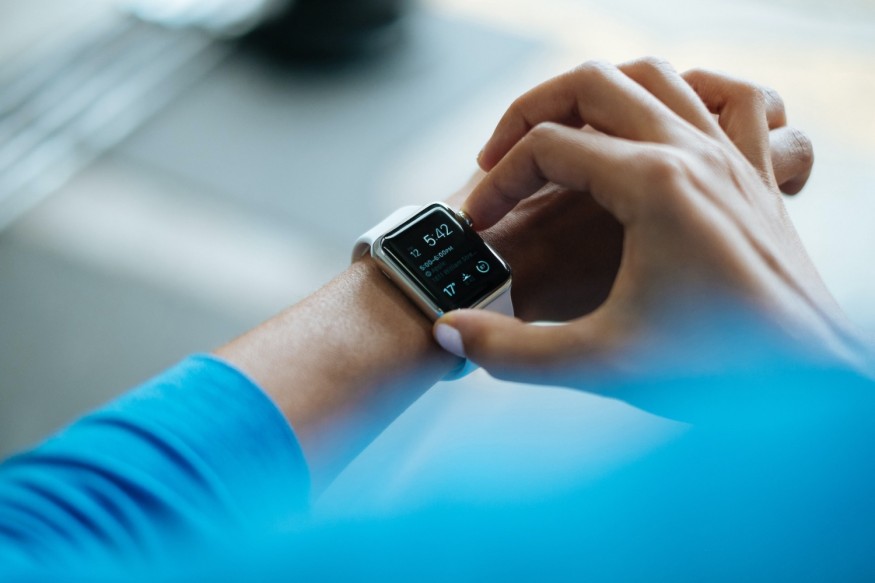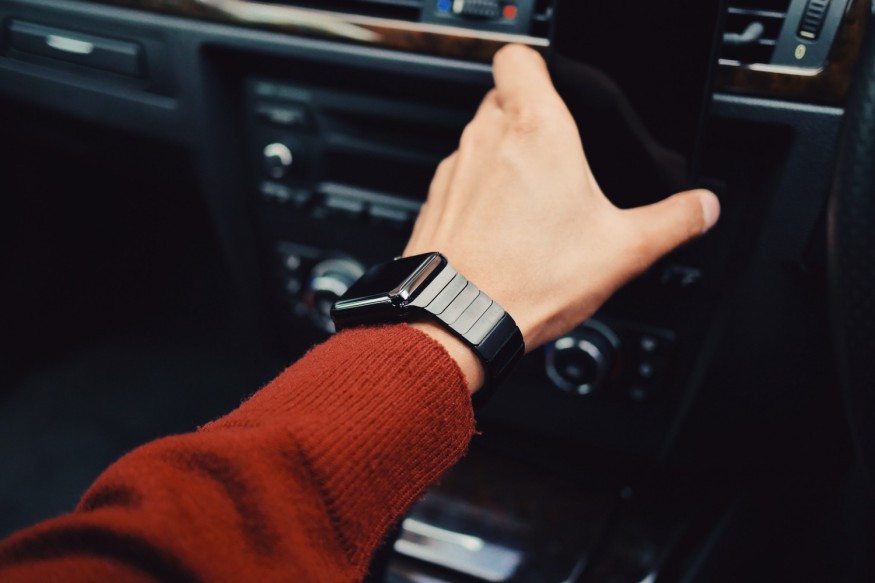
How Wearable Technology Helps Increase Longevity and Improve Life Quality
Even before COVID-19, wearable devices were widely used, especially among fitness enthusiasts. In the wake of the pandemic in 2019, these technologies have become extremely popular as people have got more concerned about their health.
Wearable devices work with the help of sensors that monitor the number of steps taken, distance traveled, and calories burned. This information can motivate users to stay active and make progress in their fitness journey.
However, the benefits of using these gadgets go far beyond just tracking. So, let's dive deeper to learn about the six ways wearables can save lives.
1. Give Guidance to Prolong Life and Encourage Healthy Habits
Wearable devices guide and motivate people, reminding them to develop healthy habits and make positive lifestyle changes. They encourage physical activity by tracking steps and distance to promote walking. The devices will prompt you to reach your daily target by sending you reminders and various notifications.
Additionally, they monitor the amount of screen time, lessening the risk of developing eye strain, headaches, and other vision-related problems.
Some insurance companies have begun to take advantage of this data by offering incentives, such as discounts, for people who exceed a daily step count limit of 10,000 steps. One of those who launched this campaign is the Indian company Aditya Birla Health Insurance (ABHI).
There are several insurance companies that also offer wellness programs:
ICICI Lombard Health Insurance
Bajaj Allianz Health Insurance
Star Health
Allied Insurance
The main goal of these campaigns is not just to improve people's health but encourage them to take care of it.
Wearables have the great potential to improve various aspects of our lives even more, from better health to increased stamina. The Diversido team has extensive experience in developing healthcare and wellness applications with integrating them into wearable devices, so they can help bring your idea to life.
2. Call Emergency Services
Although wearable devices were not initially designed for emergencies, the ability to call for help has become an essential feature. Elderly people and those with special needs find it extremely helpful. They can contact emergency services or loved ones if something happens or they are in danger.
Wearables can send out distress messages with location details if no response is received from the user for a set time duration. Today, the most popular wearable devices have an emergency call function, including Apple Watch, Samsung Galaxy Watch, and Fitbit Sense.
3. Detect Falls
Fall detection is a crucial feature of wearable devices, especially for the elderly. It utilizes sensors to identify sudden movements or impacts that may indicate a fall, automatically notifying emergency services or relatives.
The fall detection function first appeared in the Apple Watch Series 4 and saved many lives. The accelerometer and gyroscope inside the watch detect a fall and immediately alert the user. If there is no response within a set period, the person's location is transmitted to the medical services.
4. Prevent Heart Attacks
Smartwatches can prevent heart attacks by warning people of a potential emergency. Here are a few examples of smartwatches saving lives.
A man from New York saw that his Apple Watch had detected an abnormally high heart rate. This urged him to seek medical attention. In the hospital, doctors diagnosed atrial fibrillation, a dangerous heart condition that can be fatal, but the early detection enabled timely intervention, potentially saving his life.
A Maryland woman had a similar experience, but her Apple Watch identified an irregular heartbeat. She was also diagnosed with atrial fibrillation, but timely measures were taken to prevent a stroke.
Similarly, wearable devices have been used to detect seizures in individuals with epilepsy, enabling early intervention and care. A British man was alerted to a seizure by his smartwatch, allowing his family to provide the necessary support during the attack.
5. Improve Your Sleep
Wearable technology has evolved over the last few years. These devices now come with various features that can monitor sleep patterns and detect sleep disorders such as apnea - shallow breathing or breath pauses while sleeping. Apnea can cause snoring, daytime exhaustion, and even elevate the risk of heart disease and stroke.
By tracking the heart rate and oxygen level in blood using built-in sensors, smartwatches with sleep monitoring can detect this condition during sleep. Additionally, some devices analyze the sound data with microphones to determine the level of snoring and the likelihood of apnea.
6. Reduce Distractions on the Road
Wearable devices are also helpful in reducing distractions on the road. Drivers do not need to take their hands off the wheel or take their eyes off the road to answer a call or view a notification.
For example: if you have high fatigue levels, the device can suggest you reduce the driving speed or take a break, thus promoting safer road behavior and reducing the risk of accidents.
Moreover, some devices are equipped with voice and gesture control features to minimize unnecessary movements and the need to look at the screen.

Conclusion
Wearable devices have already changed our lives for the better. Their continued use can realize proactive and preventive healthcare. More so, medical researchers can use the data collected by wearable devices to identify patterns that can help treat and prevent fatal diseases in the near future.
As technology evolves, wearables may soon make automatic doctor appointments based on data collected, enabling earlier intervention and treatment of medical conditions.
© 2025 NatureWorldNews.com All rights reserved. Do not reproduce without permission.





